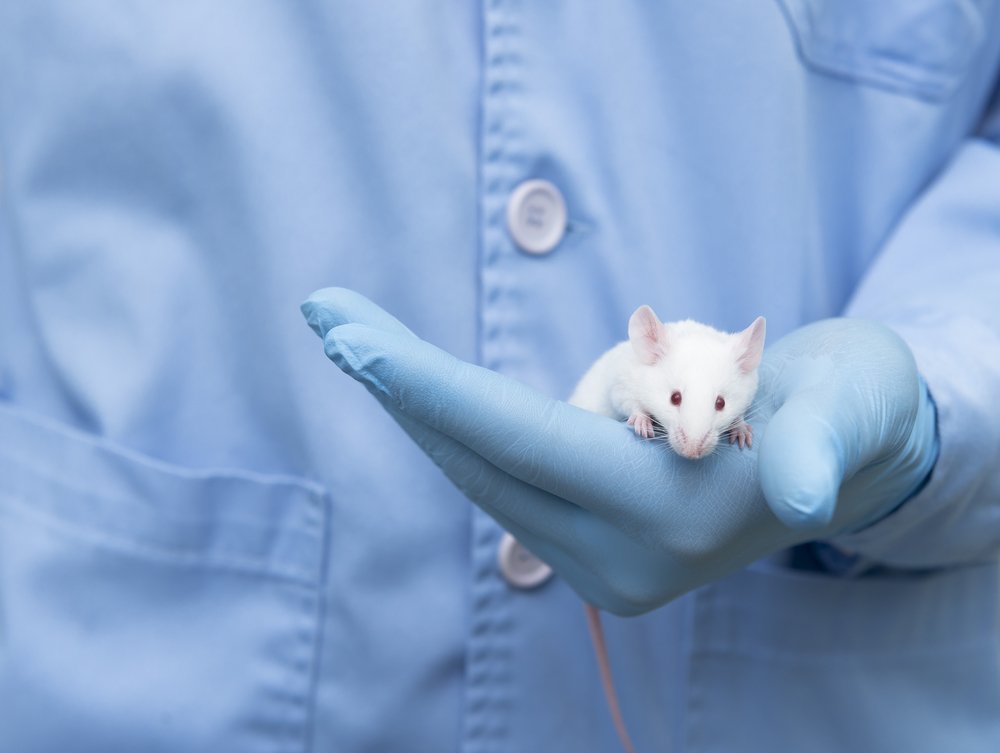Gene Therapy Directly to Brain Helps Preserve Vision in CLN6 Mouse Model
Written by |

A single injection into the brain of an investigational gene therapy now in clinical trials partly prevented retinal degeneration and vision loss in a mouse model of CLN6 Batten disease, a study shows.
These findings mark the first report of a brain-delivered gene therapy reaching both the brain and eye, and may help optimize gene therapies for CLN6 disease and other neurodegenerative diseases affecting the retina — the eye layer that sends vision signals to the brain.
Results also add to previous data showing that this treatment prolonged the mice’s lifespan and lessened their motor and cognitive impairments, highlighting the overall potential benefits of the therapy, which is being evaluated in an ongoing Phase 1/2 clinical trial (NCT02725580) of CLN6 disease patients.
The study, “Intracranial delivery of AAV9 gene therapy partially prevents retinal degeneration and visual deficits in CLN6-Batten disease mice,” was published in the journal Molecular Therapy – Methods & Clinical Development.
CLN6 Batten disease — also known as variant late infantile CLN6 disease — belongs to a group of disorders called neuronal ceroid lipofuscinoses, in which waste molecules build up inside cells, mainly affecting the central nervous system (the brain and spinal cord) and the retina.
A thin layer of nerve cells lining the back of the eye, the retina senses light through its photoreceptors and sends vision signals to the brain through the optic nerve (its only connection with the brain).
In a previous study, an investigational gene therapy using a modified and harmless adeno-associated virus to deliver a functional copy of CLN6, the mutated gene in CLN6 Batten disease, was shown to result in promising survival and clinical benefits in a mouse model of the disease.
Treatment was administered directly into the brain’s ventricles — called intracerebroventricular (ICV) injection — of newborn mice (1 day old). Brain’s ventricles are cavities filled with cerebrospinal fluid (CSF), the liquid that bathes the brain and spinal cord.
The therapy also appeared safe and remained active for six months when given directly into the spinal canal (reaching the CSF) of monkeys.
These positive findings prompted the launch of a Phase 1/2 trial by Amicus Therapeutics testing the experimental therapy — named AT-GTX-501 when delivered into the spinal canal — in children with CLN6 Batten disease.
Interim trial data showed that AT-GTX-501 was generally safe, and stabilized motor and language function in these patients. These data, released in late 2020, reflected patients’ status two years after the one-time treatment.
“While directing gene therapy to the CSF is a logical approach for treating brain manifestations of disease, it has always been considered unlikely to exert any therapeutic effect upon the retina, as CSF does not directly contact ocular structures other than the optic nerve,” the researchers wrote.
Now, researchers at Amicus and several U.S. institutions and universities showed that delivering the gene therapy directly into the CSF-filled brain’s ventricles not only reached the retina, but also prevented to some extent retinal damage and vision loss in a mouse model of the disease.
Similar to the previous mouse study, 1-day-old mice received a single ICV injection of either the gene therapy (treated mice) or a saline solution (untreated mice).
Results showed that the therapy completely prevented Batten-associated nerve cell loss in the brain’s visual processing centers. Compared with the untreated group, treated mice also showed the presence of CLN6, CLN6-resulting protein, in the retina, which was associated with photoreceptor preservation at the central retina.
However, peripheral photoreceptors were gradually lost between 3 and 9 months of age, despite treatment, and was similar to the overall photoreceptor loss observed in untreated mice. The reasons behind these differential effects across retinal regions remain unclear, the team noted.
In addition, treatment partly prevented vision loss in these mice, particularly in female mice, which had intermediate vision acuity when compared with healthy mice and untreated mice. Still, their vision acuity showed a significantly lesser drop over time than that of untreated mice.
Researchers suggest that a more thorough visual function analysis over time might find additional benefits not detected with the technique used in their study.
These findings highlighted that a single dose of the therapy led to a “marked preservation of neurons in both the central retina and central visual pathways of the brain,” and to “partial visual function” in these mice, the researchers wrote.
Data also suggest this “ICV route of administration could potentially provide some benefit for retinal manifestations of CLN6 disease in lieu of adjunctive injections directly treating the eye,” they added.
“We report the first instance of CSF delivered viral gene reaching and rescuing [disease-associated features] in both the brain … and retinal neurons, thereby partially slowing visual deterioration,” the researchers wrote.
They also noted that these promising results may help in developing more effective gene therapy strategies for CLN6 disease and other similar neurodegenerative diseases. Further studies, they added, are needed to clarify how such a brain-delivered therapy can reach the retina.




